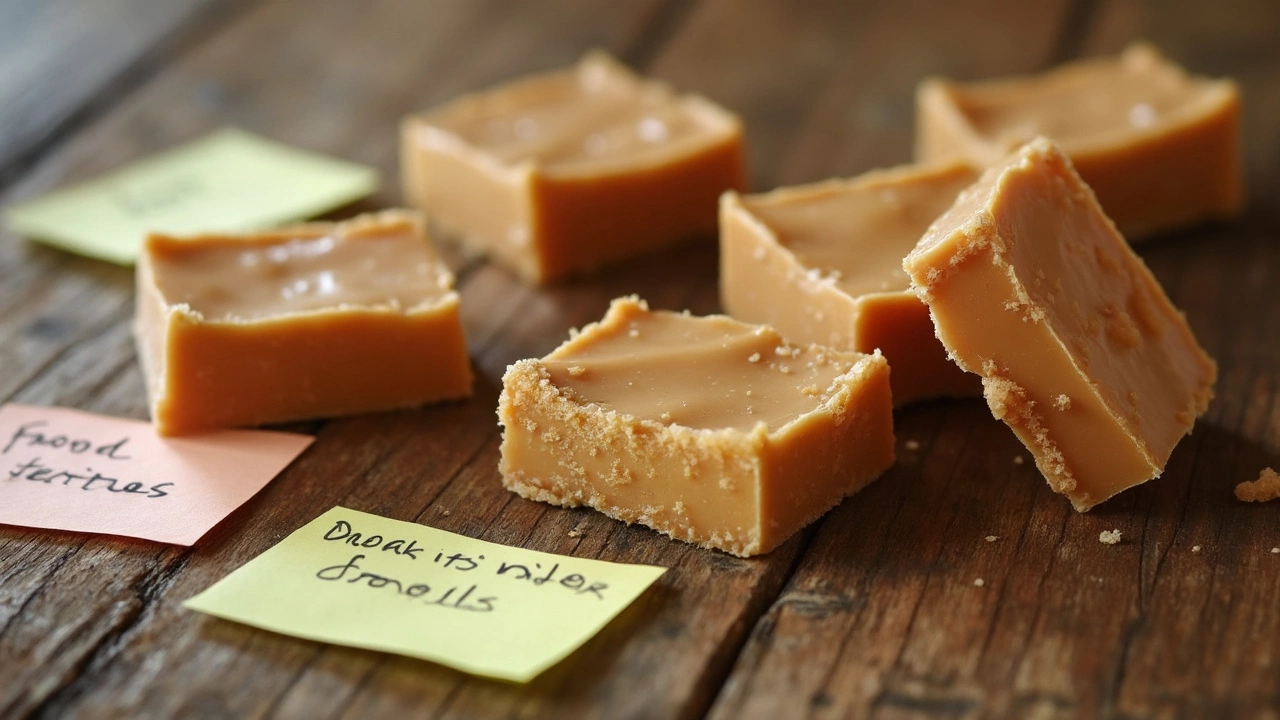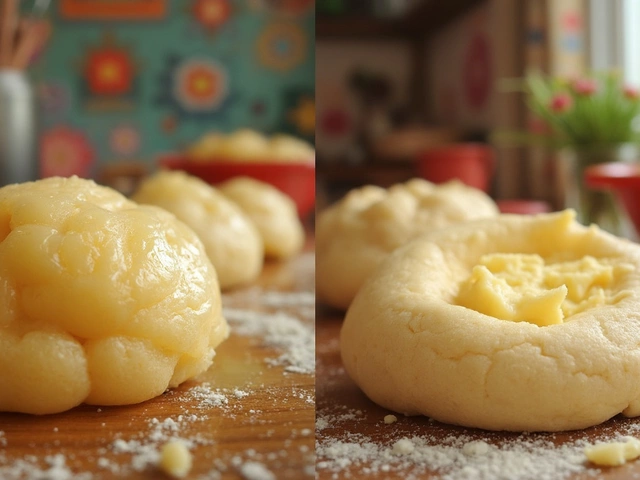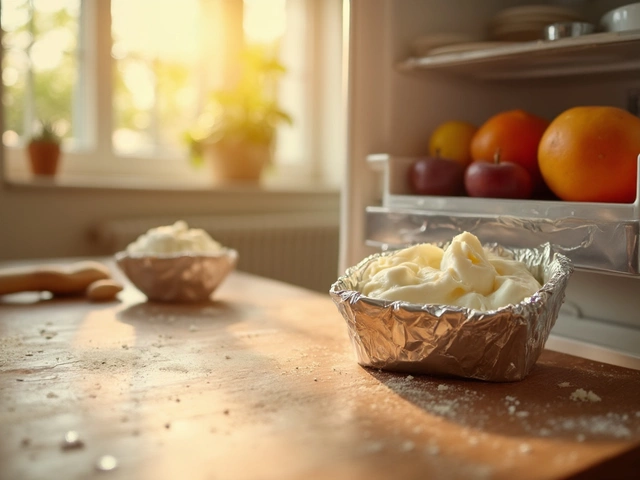Homemade Fudge Spoilage: Spot It, Fix It, Prevent It
Nothing kills a dessert mood like a batch of fudge that looks fine at first but turns grainy, sour, or moldy a day later. Luckily, you can catch the signs early and keep your fudge delicious for weeks. Below we break down the warning signs, why fudge spoils, and the best ways to store it so you never waste a sweet pot again.
How to Tell Fudge Has Gone Bad
First, look at the texture. Fresh fudge should be smooth, creamy, and a little firm to the bite. If it feels dry, crumbly, or unusually hard, moisture loss or over‑cooking may have set in. Second, check the smell. A sour, yeasty, or off‑putting odor means bacteria or mold are taking over. third, examine the color. Any grayish or greenish patches are a clear sign of mold—don’t eat it.
Even if the surface looks fine, a strange aftertaste can reveal spoilage. Bitter or metallic notes usually point to oxidation of fats. Finally, pay attention to the storage time. Homemade fudge kept at room temperature should last about 2‑3 days, while refrigerated fudge can stay good for up to 2 weeks. Anything beyond that is risky.
Preventing Fudge Spoilage
Temperature control is the biggest factor. After cooking, let the fudge cool to room temperature, then transfer it to an airtight container. Seal the lid tightly to keep out air and moisture, which speed up spoilage. If you plan to keep fudge longer than a few days, pop it in the fridge. The cold slows down bacterial growth and keeps the texture from drying out.
For even longer storage, freeze the fudge. Cut it into bite‑size squares, wrap each piece in parchment or plastic wrap, then place the packets in a zip‑lock bag. Frozen fudge stays good for up to 3 months. When you’re ready to eat, let it thaw in the fridge for a few hours—no microwaving needed.
Another simple trick is to add a little extra fat, like butter or a splash of cream, during the cooking stage. The extra fat creates a smoother matrix that holds moisture better, making the fudge less prone to graininess and spoilage.
Lastly, keep your tools clean. Even a tiny amount of leftover crumbs or old batter in a spoon can introduce unwanted microbes. Wash everything thoroughly before you start, and wipe the container’s rim before sealing.
By watching for texture changes, smells, and color, and by storing your fudge properly, you’ll keep those sweet squares safe and tasty. Next time you whip up a batch, you’ll know exactly how to protect it from going bad—so you can enjoy every creamy bite without worry.

Recognize Spoiled Fudge: Signs Your Fudge Has Gone Bad
Wondering if your fudge is still good? Get reliable tips, visual clues, weird smells, and expert ways to spot spoiled fudge before you take a bite.
View More




